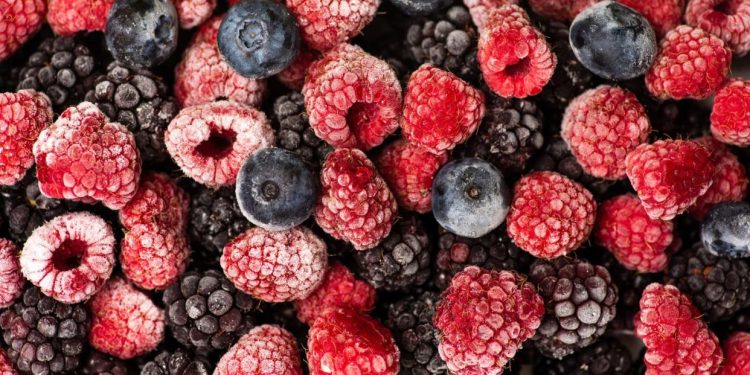
In a perfect world, you would gladly add bays to your smoothies and yogurts without hesitation. In reality, the berries have a very real risk of contamination by certain diseases of food origin.
For this reason, Food and Drug Administration (FDA) announced on January 17 that it implemented a new strategy to reduce the risk that some viruses will be found in your berries. They are currently seeking to “promote high rates of compliance with FDA food security requirements”, “to expand scientific knowledge on viruses” and to “encourage industry and governments to adopt public health prevention measures Through vaccination programs to promote workers’ health. “, According to a press release from the FDA.
So, what types of berries are most likely to be contaminated and, more importantly, how can you stay safe? An expert in food security breaks it down.
Meet the expert: Darin Detwiler, LPD, author of the book Food security: past, present and forecast and professor at the Northeastern University.
What viruses are the most likely to end up in the berries?
The biggest concerns concern norovirus and hepatitis A, and the new FDA strategy specifically aims to prevent these two viruses from ending up on your fruits.
If you are not familiar with these viruses, norovirus causes vomiting and diarrhea (sometimes at the same time), while hepatitis has affects the liver and can cause diarrhea, fatigue, joint pain and skin or yellow eyes.
What types of berries are the most likely to be contaminated?
Although all berries are potentially exposed to a risk of contamination, frozen bays seem to be the most risky. In fact, frozen berries represent “the highest public health burden” due to the spread of certain viruses, according to a group of joint United Nations experts and the World Health Organization.
“Although the overall risk of contracting a virus from frozen bays remains relatively low, the persistence of viruses such as norovirus and hepatitis has in frozen conditions is worrying,” said Darin Detwiler, LPD, author of the book. Food security: past, present and forecast and professor at the Northeastern University. “Freezing preserves these viruses, allowing them to remain infectious after consumption.”
How can I prevent bay contamination?
The problem of contamination of berries is that these fruits are harvested by hand by people who may not have access to appropriate hygiene facilities or appropriate training, explains Detwiler. Therefore, if a worker who picks berries is suffering from norovirus or hepatitis A and does not wash his hands correctly, he can transmit these viruses to your bays.
What makes things even more complicated is that these two viruses are “highly resilient”, which means that they are difficult to kill. Since it is also difficult to wash the berries without damaging them, it is generally necessary to start protecting them from any contamination from their picking, explains Detwiler. (However, it is important to note that there have not been many epidemics linked to the berries, especially in cultivated fruits in the United States.)
That said, research has shown that the use of a mixture of water – as well as disinfectants for fruits and vegetables containing peroxyacetic acid and hydrogen peroxide – can help reduce norovirus and D levels ‘Hepatitis A on fruit. It may be worth taking a fruit bath before eating them.
“Even if the berries indicate” pre-lave “, wash them,” explains Detwiler.
You might also love


